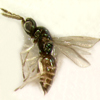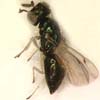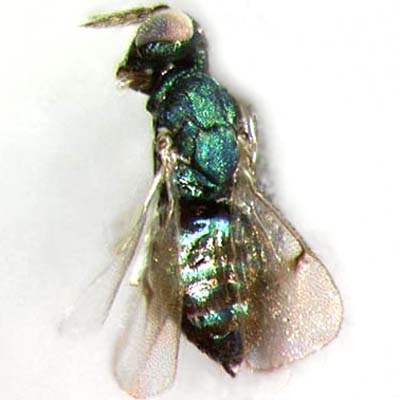 |
|||||||||||||||||||||||||||||||||||||||||||||||||||||||||||||||||||||||||||||||||||||||||||||||
|
|
Home | Open the Key | References | ||||||||||||||||||||||||||||||||||||||||||||||||||||||||||||||||||||||||||||||||||||||||||||
|
|||||||||||||||||||||||||||||||||||||||||||||||||||||||||||||||||||||||||||||||||||||||||||||||
Classification
|
|||||||||||||||||||||||||||||||||||||||||||||||||||||||||||||||||||||||||||||||||||||||||||||||
Subfamily Tribe |
Entedonini |
||||||||||||||||||||||||||||||||||||||||||||||||||||||||||||||||||||||||||||||||||||||||||||||
Diagnosis
|
|||||||||||||||||||||||||||||||||||||||||||||||||||||||||||||||||||||||||||||||||||||||||||||||
|
|
||||||||||||||||||||||||||||||||||||||||||||||||||||||||||||||||||||||||||||||||||||||||||||||
| |
|||||||||||||||||||||||||||||||||||||||||||||||||||||||||||||||||||||||||||||||||||||||||||||||
Distribution |
|||||||||||||||||||||||||||||||||||||||||||||||||||||||||||||||||||||||||||||||||||||||||||||||
|
Neochrysocharis is a moderate sized genus which is cosmopolitan in distribution (Noyes, 2001). |
|||||||||||||||||||||||||||||||||||||||||||||||||||||||||||||||||||||||||||||||||||||||||||||||
| |
|||||||||||||||||||||||||||||||||||||||||||||||||||||||||||||||||||||||||||||||||||||||||||||||
Biology |
|||||||||||||||||||||||||||||||||||||||||||||||||||||||||||||||||||||||||||||||||||||||||||||||
|
Neochrysocharis species are usually primary larval endoparasitoids of a wide variety of leafmining or stemboring insects. They may be solitary or gregarious. Their host range also includes eggs of sawflies and occasionally Ichneumonidae or Braconidae parasitizing Lepidoptera (Hansson, 1990). |
|||||||||||||||||||||||||||||||||||||||||||||||||||||||||||||||||||||||||||||||||||||||||||||||
| |
|||||||||||||||||||||||||||||||||||||||||||||||||||||||||||||||||||||||||||||||||||||||||||||||
| |
|||||||||||||||||||||||||||||||||||||||||||||||||||||||||||||||||||||||||||||||||||||||||||||||
Comments |
|||||||||||||||||||||||||||||||||||||||||||||||||||||||||||||||||||||||||||||||||||||||||||||||
|
Neochrysocharis belongs to the subfamily
Entedoninae by having 2 setae on
submarginal vein, scutellum with a pair of setae, fronto-facial
suture distinctly separated from anterior ocellus and male scape
with sensory pores placed at the ventral edge.
There have been some debates in the past on the generic status of Neochrysocharis, particularly in terms of its relatedness to Closterocerus and Chrysonotomyia (Boucek, 1988; Hansson, 1990; Schauff, 1991). Hansson (1995a), revising the Nearctic species, considered Neochrysocharis to be a valid genus and transferred several species previously placed in Chrysonotomyia to this genus. Among Entedoninae included in the key, it appears quite easy distinguish Neochrysocharis from Pediobius, Apleurotropis, Pleurotroppopsis and Proacrias by not having transverse carina on pronotum, median carina on propodeum and grooves on mesoscutum and/or scutellum; from Closterocerus (considered the most related genus), Asecodes and Trisecodes by not having lines of setae departing from stigmal vein; from Achrysocharoides by having fronto-facial suture V or Y-shaped (Achrysocharoides has fronto-facial suture straight); finally, from Chrysocharis by having a shorter postmarginal vein (Chrysocharis has a postmarginal vein at least 1.5 times longer than stigmal vein). Keys to Neochrysocharis are provided by Hansson for Palaearctic (1990) and Nearctic (1995a) species. |
|||||||||||||||||||||||||||||||||||||||||||||||||||||||||||||||||||||||||||||||||||||||||||||||



